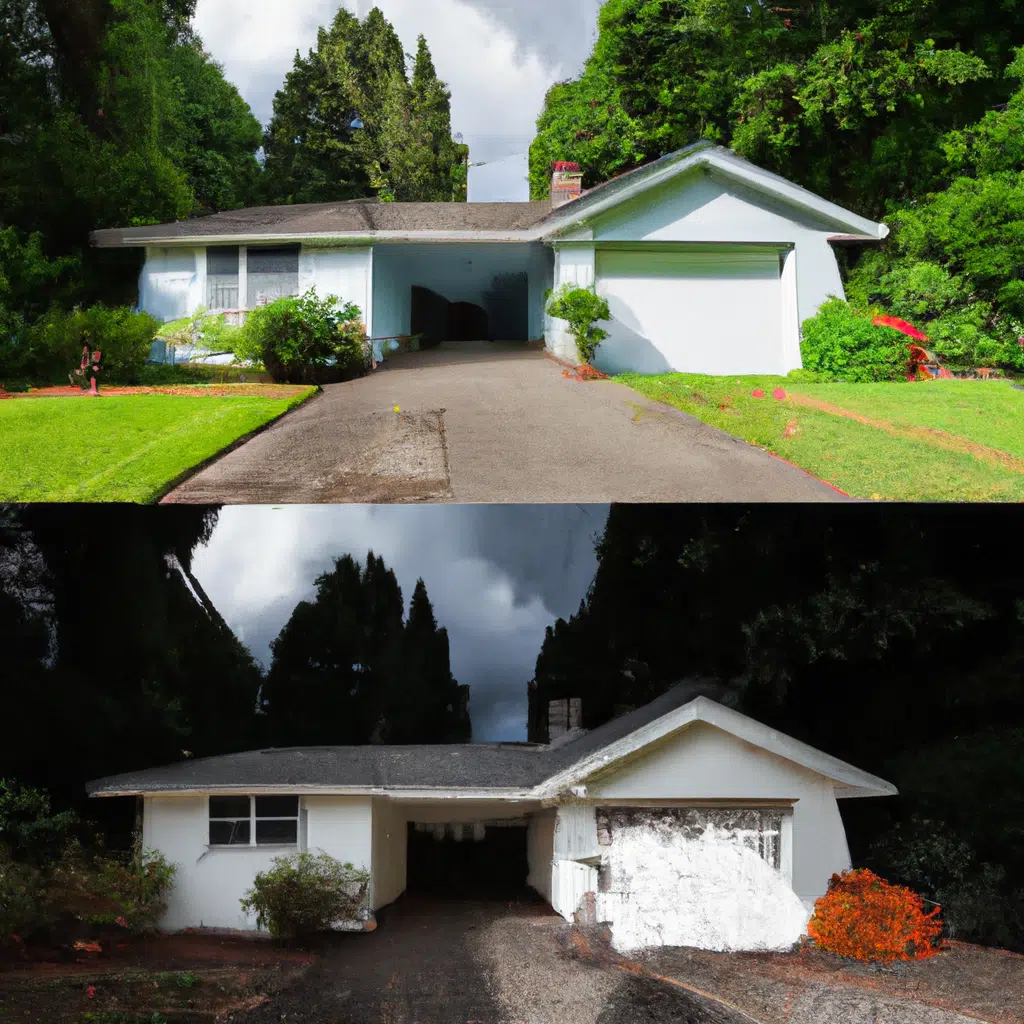The lighting in your office design can have a significant impact on the health, productivity, and happiness of your employees. In recent years, research has shown that poor lighting can lead to a range of health problems, including eye strain, headaches, fatigue, and even depression. On the other hand, good lighting can boost mood, energy levels, and cognitive function, leading to better work performance and job satisfaction.
In this article, we will explore the importance of lighting in your office design and provide tips on how to maximize it. We will cover the different types of lighting, the benefits of natural light, how to choose the right light fixtures, and how to optimize lighting for different tasks.
The Different Types of Lighting
Before we dive into the benefits of good lighting, let’s first define the different types of lighting. There are three main types of lighting: ambient, task, and accent.
Ambient lighting is the general lighting of a room, providing overall illumination. This can be achieved through ceiling lights, wall sconces, or floor lamps.
Task lighting is focused lighting that illuminates a specific area or task, such as a desk lamp or under-cabinet lighting in a kitchen.
Accent lighting is used to highlight a specific object, such as a piece of artwork or a plant, and is often achieved through spotlights or track lighting.
When designing your office space, it’s important to consider all three types of lighting to create a balanced and functional environment.
The Benefits of Natural Light
One of the most important factors in office lighting is natural light. Exposure to natural light has been shown to improve mood, reduce stress, and boost productivity. Natural light also regulates the body’s circadian rhythm, helping employees stay alert during the day and sleep better at night.
If possible, try to incorporate as much natural light as possible into your office design. This can be achieved through large windows, skylights, or even light tubes that bring natural light into interior spaces. If natural light is not an option, consider using full-spectrum light bulbs that mimic natural light.
Choosing the Right Light Fixtures
When choosing light fixtures for your office, it’s important to consider both form and function. In addition to providing adequate lighting, fixtures should also complement the overall design aesthetic of the space.
LED lights are a popular choice for office lighting because they are energy-efficient, long-lasting, and provide consistent light levels. However, it’s important to choose the right color temperature for your needs. Cool white light (5000-6500K) is ideal for task lighting, while warm white light (2700-3000K) is better suited for ambient lighting.
Optimizing Lighting for Different Tasks
Different tasks require different lighting levels and types. For example, reading and computer work require bright, focused lighting, while relaxation areas benefit from softer, ambient lighting.
When designing your office space, consider the different tasks that will be performed in each area and choose lighting accordingly. For example, task lighting should be used in workstations, while ambient lighting is better suited for break rooms or common areas.
Conclusion
In conclusion, the lighting in your office design plays a crucial role in the health and productivity of your employees. By incorporating natural light, choosing the right light fixtures, and optimizing lighting for different tasks, you can create a comfortable and functional workspace that supports the well-being of your team.
Remember, lighting is just one of many factors that influence good search rankings, but by providing high-quality, informative content that resonates with your target audience, you can increase your chances of ranking well in Google.



